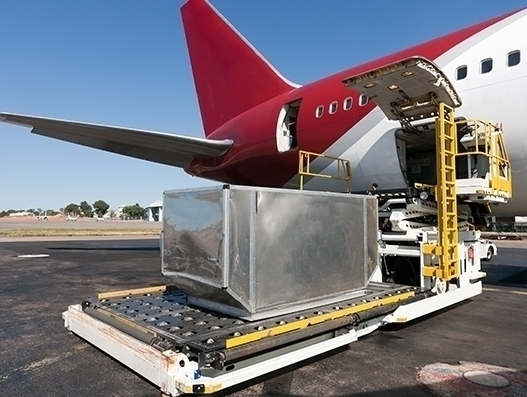
Air freight demand up 4.2 percent y/y in May, reports IATA
July 05, 2018: The International Air Transport Association’s (IATA) recently released air freight traffic figures reflect that air cargo sector now resumes a modest trend upwards, after a weak start to this year. Air freight demand, measured in freight tonne kilometers (FTKs), rose 4.2 percent in May this year, compared to the same period the […]

July 05, 2018: The International Air Transport Association’s (IATA) recently released air freight traffic figures reflect that air cargo sector now resumes a modest trend upwards, after a weak start to this year.
Air freight demand, measured in freight tonne kilometers (FTKs), rose 4.2 percent in May this year, compared to the same period the year before.
This was slightly down from the 5.2 percent (revised from 4.1 percent) growth in annual demand recorded in April 2018.
Freight capacity, measured in available freight tonne kilometers (AFTKs), grew by 6.2 percent year-on-year in May 2018. This was the fourth month in a row that capacity growth outstripped demand growth.
However, the rapid growth seen in 2017 is now over, with demand growing at a significantly slower pace in 2018. In IATA’s mid-year industry outlook, 2018 freight growth was revised downwards to 4.0 percent (from the previously forecasted 4.5 percent in December 2017).
The industry body lists few indications that point out that the growth will continue at a slower pace. The re-stocking cycle which required quick delivery to meet customer needs is over; new export orders component of the global manufacturing Purchasing Managers’ Index (PMI) is at a 21- month low and majorly, global trade appears to be softening as trade tensions increase.
“We expect air cargo demand to grow by a modest 4 percent in 2018. That’s an uptick from a very weak start to the year. But headwinds are strengthening with growing friction among governments on trade. We still expect demand to grow, but those expectations are dampened with each new tariff introduced. Experience tells us that trade wars, in the long run, only produce losers,” said Alexandre de Juniac, IATA's director general and CEO.
Regionally, Asia-Pacific airlines saw freight demand increase by 4.9 percent in the reporting month compared to the same period last year. This was an increase over the 3.9 percent recorded the previous month. Capacity increased by 7.4 percent. As the largest freight-flying region, carrying close to 37 percent of global air freight, the risks from protectionist measures impacting the region are disproportionately high.
The recent momentum of the US economy and the US dollar has helped strengthen demand for air imports for North American airlines. The freight volume grew by 5.9 percent in April 2018 compared to the same period a year earlier. This was an increase in demand from the 4.6 percent rate of growth recorded the previous month. Capacity increased by 5.4 percent.
European airlines posted a 2.3 percent increase in freight volumes in May 2018. This was a slowdown from the 3.5 percent rate of growth the previous month. Capacity increased 6.0 percent.
For the Middle Eastern carriers, freight volumes grew 2.4 percent in May 2018. This was a significant deceleration in demand of over 6.9 percent the previous month. The decrease mainly reflects developments from a year ago rather than a substantive change in the current freight trend. Capacity increased 3.3 percent.
The Latin America region is back to its growth as over the last 18 months comes alongside signs of economic recovery in the region’s largest economy, Brazil. Latin American airlines experienced growth in demand of 11.4 percent in May 2018 - the largest increase of any region for the third consecutive month. Capacity increased by 1.5 percent.
However, the only region that witnessed decline is Africa. African carriers saw freight demand contract 2.0 percent in May 2018 compared to the same month last year. Capacity increased by 20.4 percent. This mainly reflects a softening in demand on markets to/from Asia and the Middle East.

